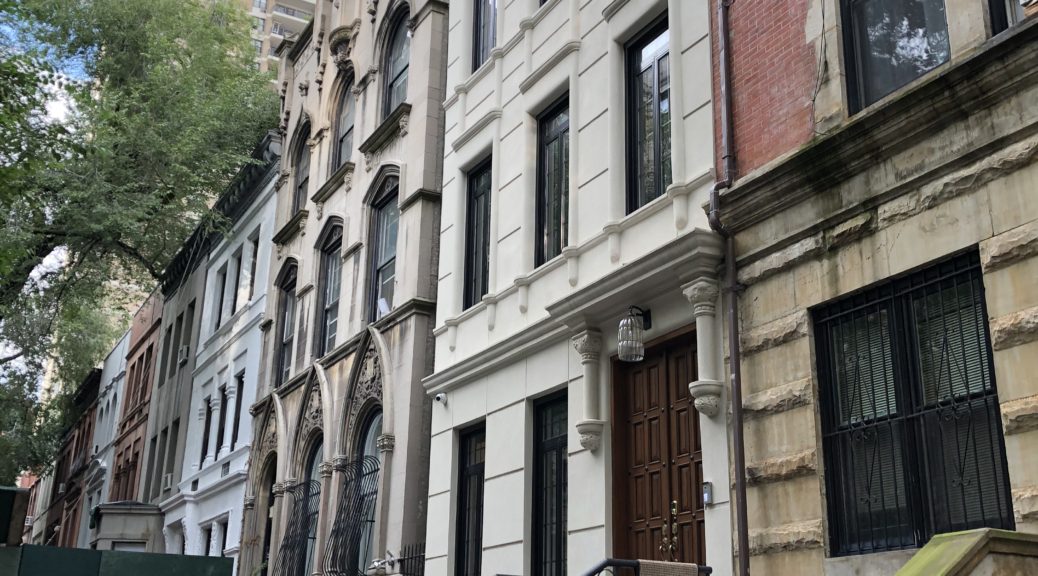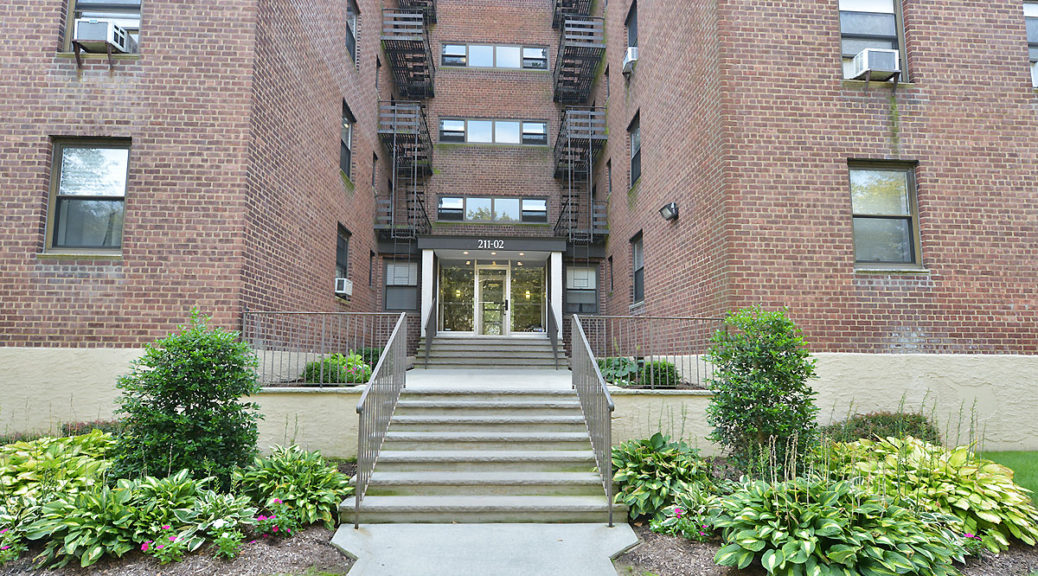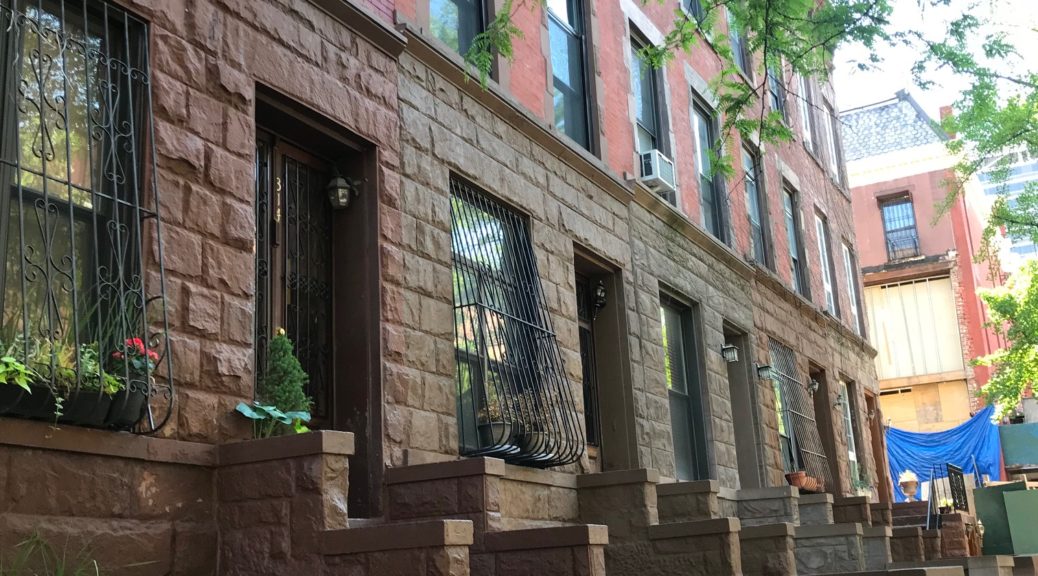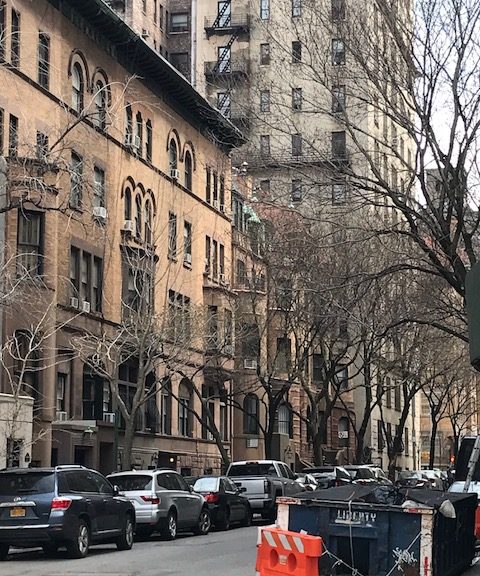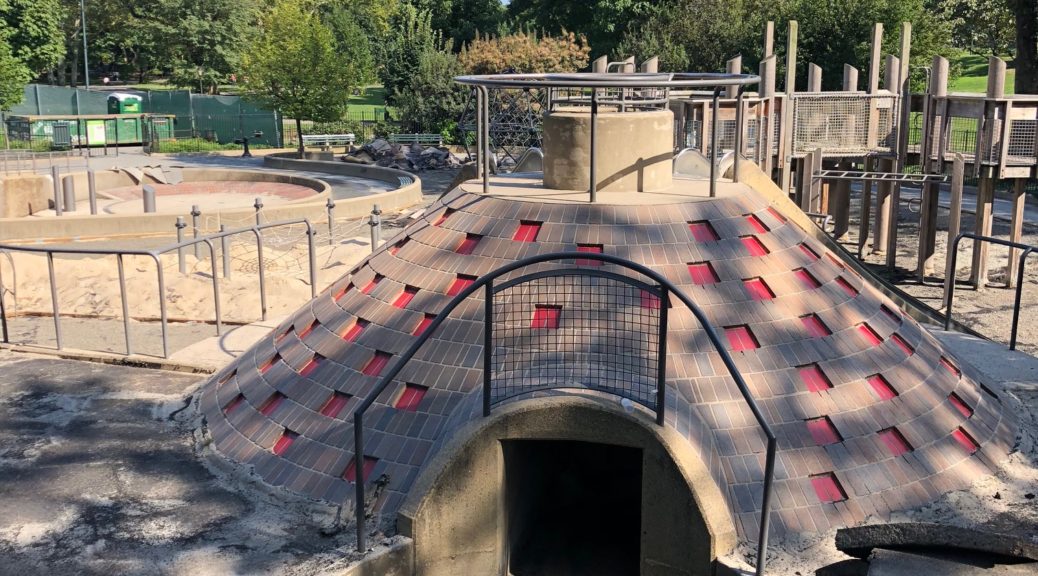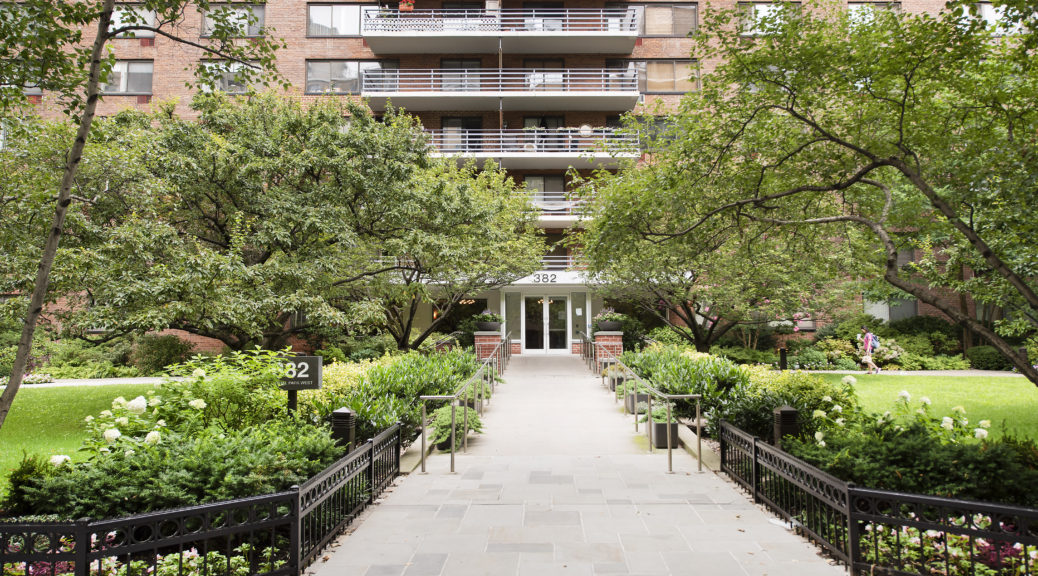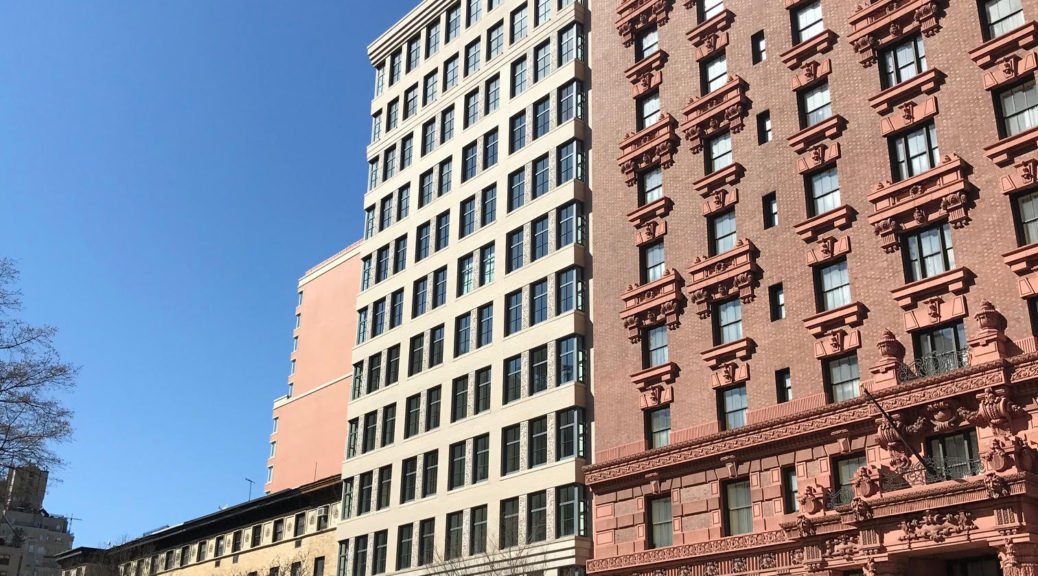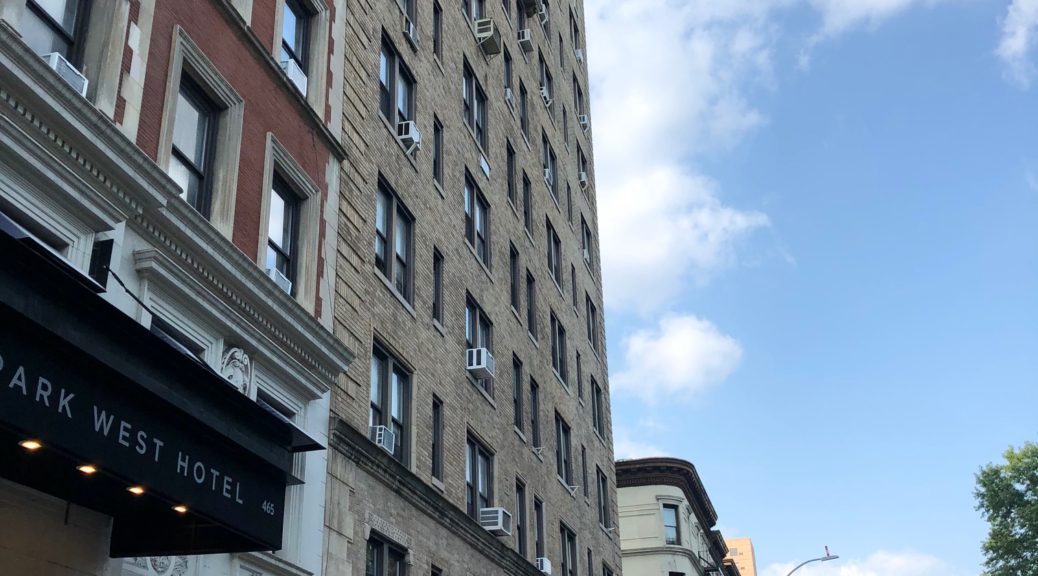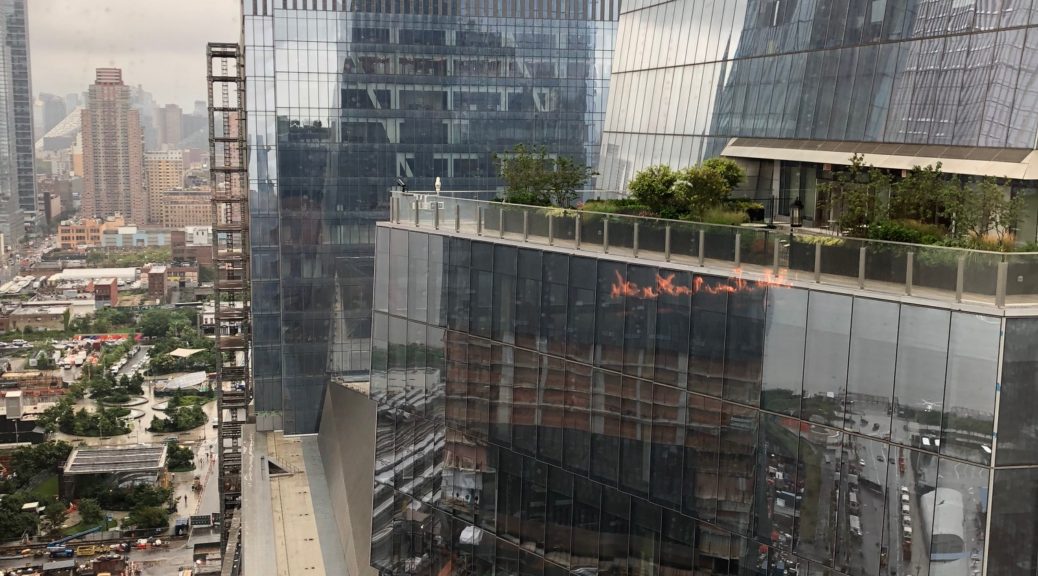Please note always consult with an attorney on legal matters as this blog is not meant to be substituted for competent legal advice.
CEMAs aka Consolidation extension modification agreement, allow buyers who are purchasing real property (not coops) in New York City save $ on their mortgage recording tax and help sellers to save on their NYS transfer tax. This can work if the below conditions are met and strangely is used only in about 1/4 transactions that are eligible.
1- Seller has a mortgage
2-Seller’s mortgage lender allows assignments of mortgages
3- Buyer is working with a lender that allows purchase CEMAs.
Example
Sale Price $3,000,000
Seller Mortgage balance $2,000,000
Buyer Mortgage amount $2,200,000
Mortgage tax 1.925%
Buyer will save approximately $39,500 in mortgage recording tax minus transaction costs and seller will only pay NYS transfer tax on not the total sale price of $3mm which would be $12,000 but rather on the difference of $3mm-$2mm which would be $1 million or $4,000. Buyer and seller both win.
You will need to consult with an attorney that understands this process and also it’s an easier process with a lender that can also aid in the process as well.
The Author- ![]() Brian Silvestry , a licensed real estate broker, has been selling residential and commercial real estate since 1999. He has sold in every neighborhood from Battery Park City to Washington Heights.
Brian Silvestry , a licensed real estate broker, has been selling residential and commercial real estate since 1999. He has sold in every neighborhood from Battery Park City to Washington Heights.
